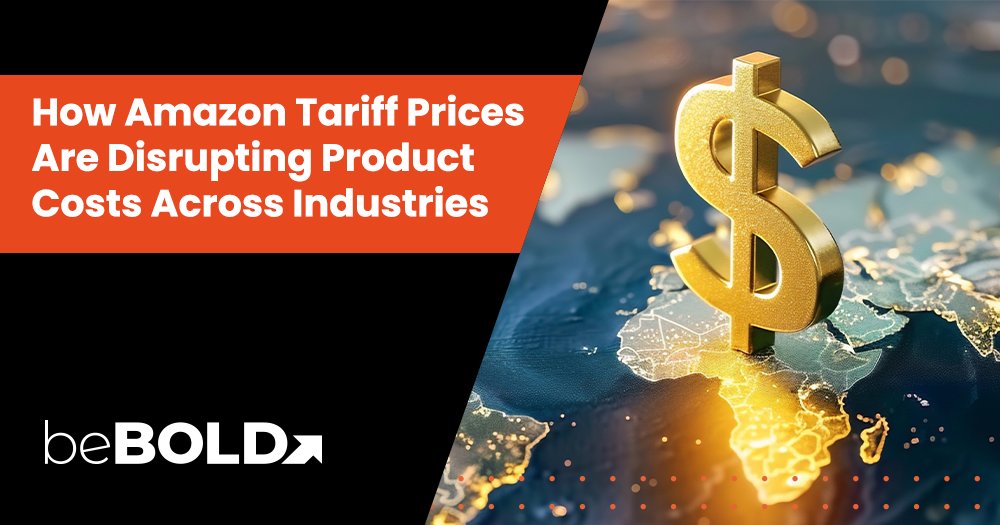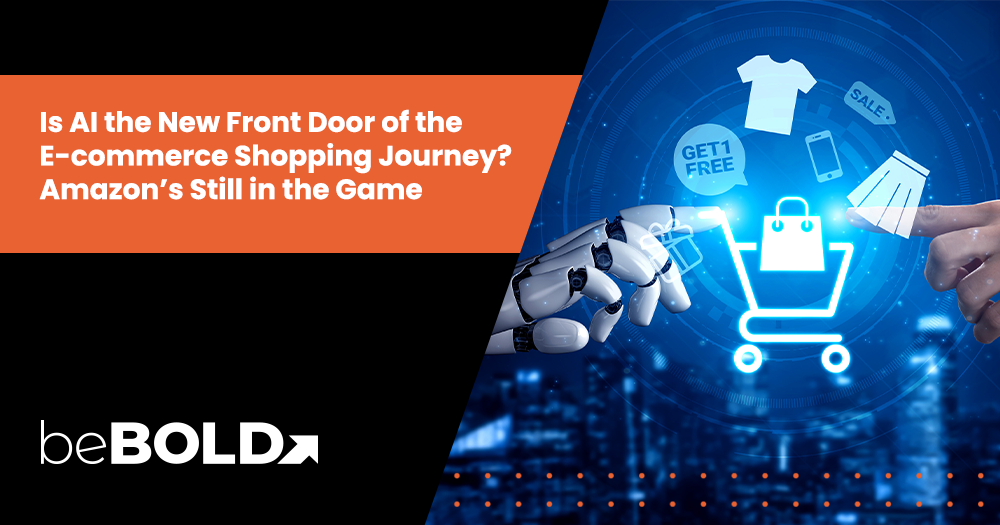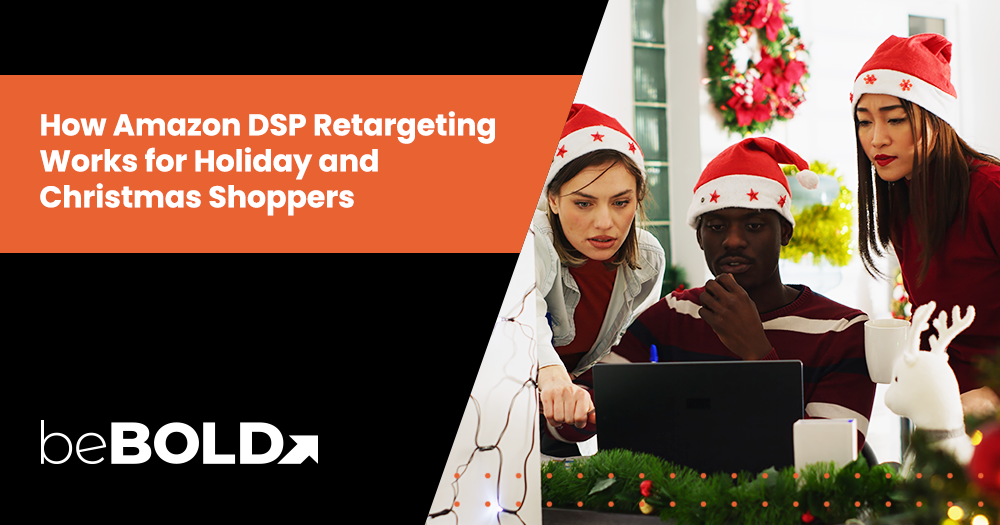Whether you're a seasoned Amazon seller or just entering the marketplace, shifting tariff policies can significantly impact your bottom line. In 2025, tariff expansions have reshaped sourcing, pricing, and product availability, affecting both businesses and consumers alike. This article breaks down what these changes mean, how sellers can adapt, and what buyers should expect.
Key Summary
- Tariffs are raising costs across the board for both Amazon sellers and buyers, especially in beauty, pet, and medical categories. 💸
- Cost of Goods Sold (COGS) has jumped by up to 15%, forcing sellers to adjust pricing and reduce product variety. 📈
- Supply chain disruptions are pushing sellers to source domestically or from nearby countries like Mexico and Canada. 🚚
- Buyers are responding with cart abandonment and price sensitivity, leading to lower conversion rates for sellers. 🛒
- Many Amazon sellers are pivoting to bundling and premium content to retain customers. 🔁
- Smart ad spend is critical—sellers must prioritize high-margin SKUs and pause underperforming campaigns. 🎯
- Listing updates are essential to justify price hikes and highlight product value (e.g., “Made in the USA”). 🏷️
- Diversifying to Walmart and TikTok Shops can reduce risk and open new growth opportunities. 🌐
- BeBold Digital offers strategic support for managing ads, content, and category positioning during tariff shifts. 🤝
- Sellers who act now can protect profit margins and outperform slower competitors. ⏱️

What Are Amazon Tariffs?
Let’s start simple: tariffs are taxes placed on products coming into the country. If you’re importing goods from China, Mexico, or beyond, you’re probably paying them. And in 2025, the U.S. made a few big changes, broadening what gets taxed. That means more categories are feeling the pinch, including electronics and tech accessories, beauty and skincare products, and pet food and supplies.
Here’s How Amazon Tariffs Affect Sellers
Amazon tariffs ripple across the entire selling ecosystem, whether you're a private label brand, reseller, or large vendor. With tariffs now averaging 15.6% across the board, sellers are facing tougher sourcing conditions, mounting production costs, and an increased need to justify value to cautious buyers. Many are revisiting their supply chain and pricing strategies entirely just to stay competitive.

Supply Chain Disruption
If you’re sourcing packaging or components from Asia, chances are you’ve already experienced delays or had to pivot. Some beauty brands we work with had to scramble for domestic alternatives. Now, if you’re a seller who’s looking to minimize customs complications, you should consider switching to suppliers from Mexico, Canada or even within the United States - less red tape, faster delivery.
Operating Cost Increases
With new tariffs in effect, your cost of doing business has just increased. For pet and beauty brands, production and packaging costs are up by 15% to 25%. That eats away at your margins fast if you don’t make adjustments.
Strategic Adjustments
Navigating the new landscape requires adaptability and a proactive strategy. Forward-thinking sellers are not only shifting their sourcing but also changing how they position products, manage their marketing strategies, oversee logistics, and structure their offerings. Many are exploring smaller, more agile suppliers and investing in domestic partnerships to speed up delivery while reducing reliance on tariff-affected zones.
Price Sensitivity & Cart Abandonment
Shoppers notice when prices go up 5–20%. It doesn’t take much for consumers to start second-guessing their purchases, especially when it comes to everyday essentials or non-premium items. Given how many items are sold on Amazon every day, even slight price shifts can have a massive impact on consumer behavior. When listings they’ve bookmarked suddenly jump in price, they abandon their carts or delay buying altogether. It also drives them to look harder for promo codes, subscribe-and-save discounts, and competitor options. This is especially true in categories like pet products and beauty, where shoppers are price-sensitive but brand-loyal.
For sellers, this means lower conversion rates and higher costs to win the same customer back.
What the Amazon Tariffs Mean for Consumers

Higher Prices and Additional Costs Passed Onto Consumers
Tariffs impact consumers primarily by increasing the cost of imported goods, leading to higher prices on everyday items such as food, clothing, electronics, and furniture. Businesses often pass these additional costs onto consumers, resulting in reduced purchasing power and a higher cost of living. For example, a $50 pair of sneakers could rise to between $59 and $64, and a $2,000 mattress set might increase to as much as $2,190.
Reduced Product Variety
Some SKUs are no longer worth listing, either because the cost of importing has become too high or because low-margin items can't absorb the added fees. As a result, many smaller sellers are scaling back their catalog, and even larger brands are trimming slower-moving or high-tariff products. For consumers, this often translates to fewer options on Amazon, discontinued favorite products, and longer shipping times as sellers juggle fulfillment challenges.
In some cases, products may be temporarily delisted while sellers reassess their pricing strategy or wait for more favorable cost conditions. The end result? A more limited shopping experience that feels less reliable and more frustrating for customers.
You might be seeing:
- Fewer listings for your favorite items
- Price hikes that feel sudden
- Longer wait times for shipping
What Do Tariffs Mean for Different Amazon Industries?

The thing about tariffs is that their effects are not concentrated in specific industries. Some of the hardest-hit industries, including the beauty and personal care sector, mostly depend on imported products. With the added tariffs, some small businesses just aren’t able to absorb the additional expenses. Here’s how the different industries are affected:
Beauty and Personal Care
Tariffs on imported beauty and personal care products have led to higher consumer prices, strained small businesses, and disrupted supply chains. These effects have made beauty products less accessible for many, forcing salons to raise prices or cut services, while consumers increasingly seek more affordable or domestic alternatives.
Pet Care
With U.S. tariffs on things like aluminum and steel, used in pet food cans, production is getting more expensive, especially for smaller brands that can’t easily absorb the added costs. On top of that, key ingredients like vitamin E and amino acids, often imported from places like China, are now pricier too, putting even more pressure on supply chains.
Electronics
Tariffs on electronics and semiconductor imports are driving up seller costs and pushing prices higher for both companies and consumers, due to the high additional operational costs associated with materials procurement and the limited availability of hardware. The semiconductor sector is feeling the impact the most, with steep tariffs (averaging a rise from 25% to 100%) and China's restrictions on key materials making things even tougher.
Furniture and Homeware
Tariffs are driving up costs in the furniture and homeware world, making everything from raw materials to finished pieces more expensive for both businesses and shoppers. They're also throwing a wrench into global supply chains, causing delays and pushing companies to either stock up in advance or scramble to find new suppliers.
Food Retail and Groceries
Tariffs are putting serious pressure on the food retail and grocery industry by driving up the cost of everything from imported produce to the materials used for packaging. Whether it’s your favorite brand of tuna or a bag of frozen veggies, even small tariff hikes on behind-the-scenes ingredients or materials can make a noticeable difference in your grocery bill.
What Should Sellers Do For Now?
Audit Your SKUs
Before making any moves, take inventory - literally. Identify which SKUs are affected by the latest round of tariffs and analyze how much they're cutting into your margins. Looking at what is selling the most on Amazon can also help you decide where to focus or scale back. Consider pausing or adjusting low-margin products and doubling down on your top performers.
- Flag high-tariff and low-margin items
- Use Amazon Seller Central or third-party tools for cost analysis
- Prioritize SKUs with resilient margins and high velocity
Diversify Sourcing & Manufacturing
Relying on one country for your entire product line? That’s risky now. Start building relationships with alternative suppliers in Mexico, Vietnam, or the U.S. This spreads risk, shortens delivery timelines, and may even qualify you for faster customs clearance.
- Request quotes from nearshore and domestic suppliers
- Explore multi-region manufacturing models
- Test smaller production runs before full shifts
Reallocate Advertising Budgetz
Every ad dollar counts more when margins shrink. Refocus your Amazon PPC and DSP campaigns on products that can absorb tariffs without turning unprofitable. And if some of your SKUs aren’t converting well post-tariff, reduce or pause spend there.
- Audit current ad spend by product margin
- Increase bids on top-performing, tariff-resilient SKUs, such as luxury goods and brand-specific electronics
- Retarget past customers with offers on unaffected products
Update Listing & A+ Content Messaging
When shoppers see price increases, they need reassurance. That’s where smart content strategies come in. Highlight value, reinforce quality, and share sourcing details if they work in your favor (like "Made in the USA").
- Add badges or bullets like "U.S. Fulfilled" or "Premium Ingredients"
- Use comparison charts to show why your product is worth the cost
- Bundle low-margin items with high-performing accessories
Offer Product Bundling to Increase Value Perception
Bundling allows sellers to package complementary items together at a slightly discounted price. This tactic not only boosts average order value (AOV) but also creates a perceived value advantage over individual listings. For example, beauty brands often bundle skincare sets or haircare routines, while pet brands offer treats paired with toys or grooming accessories.
Additionally, bundles often help sellers rank for long-tail keywords, reduce returns, and qualify for Amazon's virtual bundle program (which doesn't require inventory pre-packaging).
Produce Premium Content for Brand Loyalty
Premium content, such as how-to videos, branded A+ Content, Amazon Storefronts, and influencer-led UGC, helps sellers build trust and deepen engagement. Shoppers are increasingly influenced by visuals, education, and community. Effective use cases include:
- Tutorials for complex or luxury products
- Comparison charts and storytelling in A+ modules
- Educational blog-style posts linked via Amazon Posts
Diversify to Walmart, TikTok and Other Ecommerce Sites
Expanding to Walmart and TikTok Shops is a smart way to lower your risk and unlock new growth opportunities. Instead of relying solely on Amazon, you can reach different types of shoppers through various channels. By using other sites, you’re not putting all your eggs in one basket, and you’re opening the door to more ways to connect, sell, and grow.
How BeBold Digital Can Help
Tariffs can be a major roadblock for even the most seasoned sellers, but that’s where BeBold Digital steps in. We take a holistic approach to helping your business adapt, starting with a deep dive into your product marketing strategy and category-specific exposure. From there, we help you reallocate your ad spend toward high-margin opportunities that still deliver strong ROI, even under pricing pressure.
Our team also works with you to refresh your listings and A+ Content to highlight value, reinforce quality, and keep conversion rates high, even when prices rise. In short, we’re here to help you stay competitive, profitable, and agile through whatever changes the market throws your way. Contact us today and let us help you attract customers and keep them around.
Frequently Asked Questions About Amazon Tariffs
What are Amazon tariffs?
Amazon tariffs are import taxes on goods entering the U.S. As of 2025, more product categories—like beauty, pet, and electronics—are affected, raising costs for sellers and buyers alike.
Are Amazon sellers responsible for tariffs?
Yes. Most sellers absorb these costs themselves and must adjust pricing, bundling, or ad strategies to stay profitable.
What are some strategies to mitigate the impact of tariffs?
Sellers can audit SKUs, shift sourcing to countries like Mexico or the U.S., optimize ad spend, refresh product listings, and explore platforms like Walmart or TikTok Shop.
What other factors should an Amazon seller consider besides tariffs?
Sellers should also manage supply chain risks, respond to shifting buyer behavior, track SKU-level profitability, stay ahead of Amazon updates, and diversify across channels.










Comments